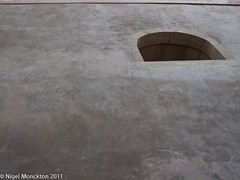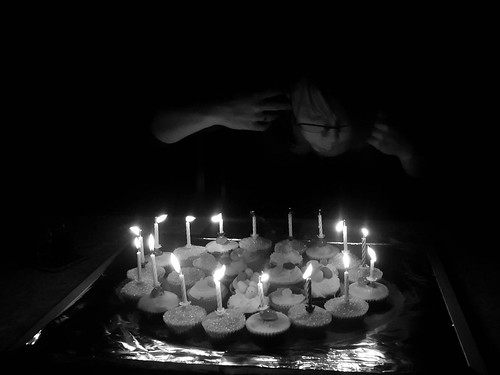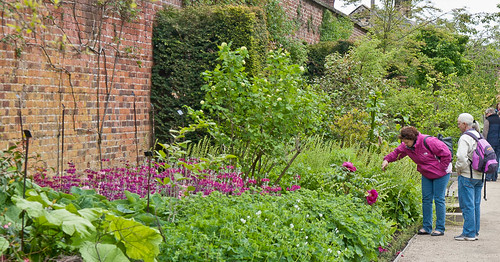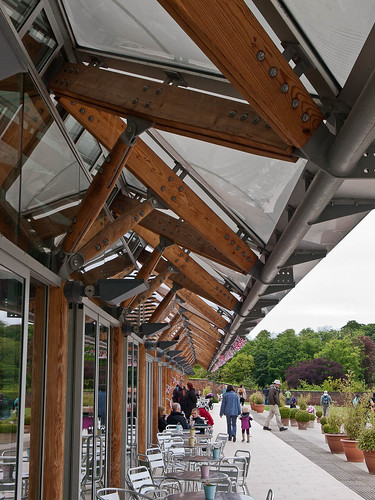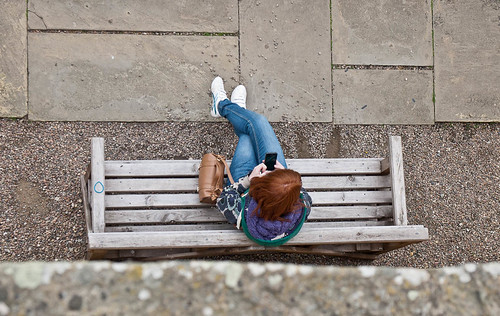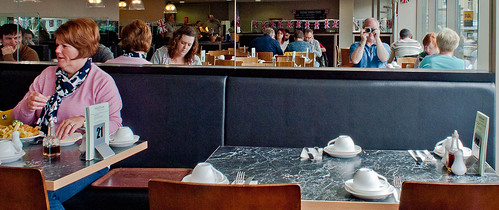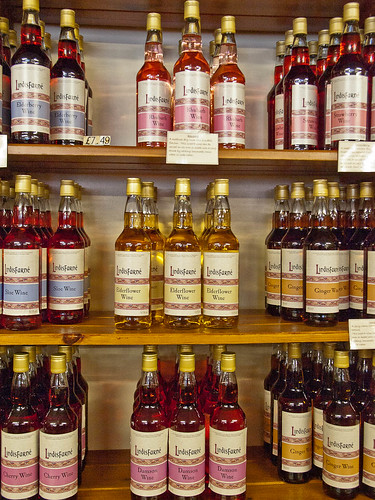Not sure anthology is the right word, but I’m talking about collections of photos from a variety of photographers. I have three of these so thought I’d do a mini-review of each as a single post.
World Photography: Ed. Bryn Campbell 1981
This is an excellent collection if you can lay your hands on a copy (there are several on Amazon). It has a dozen photo portfolio from each of 25 of the biggest names in photography – Erwitt, Friedlander, Cartier-Bresson, Bailey, Meyerowitz, Brandt etc. together with an extensive essay featuring the works of a further couple of dozen.
The print quality, particularly for the black and whites, is excellent, and the size of the pages means that the photos are reproduced at a decent size. Plenty of highlights in a collection this big, but favourites include Erwitt’s dog photos, Burt Glinn’s photos of Japan and Brassai’s Paris photos.
Some of the photos are hard to look at – McCullin’s war photos are the most obvious example, but there are similar scattered through the book. In contrast some are just delightful – Hamaya’s photo of Japanese kids walking through the snow in straw snow coats is perhaps my favourite in the whole book although Cartier-Bresson’s little boy with a large bottle of wine in each arm runs it a close second.
Masters of Photography: Ed. Reuel Golden 2008
A much smaller book than the previous one although picture quality is still pretty good. This one contains small portfolios (4-6 photos each) representing around 50 rather more contemporary, but still ‘classic’ photographers, together with some short biographical notes. A few of the pictures are spoiled by being printed over two pages, but the book does contain some almost iconic images – Moonrise over Hernandez (Adams), some shots from Steve McCurry’s Monsoon series, and Migrant Mother (Lange) being obvious examples. The downside of books of this type is that you get very little feel for an overall style from the photographers, but that is set against the sheer range of material on display. I doubt I’d have come across the work of Bert Hardy without it for example, and Nick Knight’s ‘Susie Smoking’ was completely new to me, but is now one of my favourite photos.
The range of artists and the tie period covered also throws up some interesting contrasts and comparisons – for example the street photography of Doisneau or Atget and Martin Parr, or the rather tawdry-feeling implicit sexuality of some Nan Goldin material with the rather glossy, sanitised Helmut Newton version. These kind of comparisons abound and make the book worth regular visits. It’s also quite a source of inspiration and ideas for development, or simply for playing with.
Art Photography Now: Susan Bright (Revised and Expanded 2011)
According to the blurb this book presents the work of 80 of the ‘most important and best loved artist-photographers in the world today’. Unlike the two above it is divided by broad subject area rather than photographer, and there is very little overlap in terms of photographers with those books – Sherman, Goldin and Gursky being the most obvious exceptions. The portraiture section is big on the ‘snap-shot’ ethic of modern practice – not intended as a denigration – merely a description. Tina Barney’s work is an excellent example of the contradiction this poses – with the work apparently being captured on a large format (4x5) camera, while retaining the feel of genuine family photos. The introduction to the Landscape section makes the following observation which had not really occurred to me before: “The complexities of landscape, which can at first seem the most straightforward of artistic genres, are not to be underestimated…..landscape photography offers the space to explore ever-present artistic and philosophical concerns about our place in the worlds.” The Gursky and Misrach examples provided are to my mind classic cases of those concerns. I was also taken by the New Opposition series from Doug Aitken – something to explore in Landscape 2.
There were further sections on Object, Narrative, Document, FAshion, City and Transitions, all of which are worth exploring – although I’ve concentrated here on the two sections which seemed to have most relevance for this module.
Summary
It’s clearly difficult to do real justice to the work of any photographer in no more than a dozen shots, and no matter how good the reproduction it is not always possible to get the true impact of an image in book format (Holdsworth’s Iceland shots in Art photography Now are a good case in point). However, if, like me, you live in a relatively remote country area where a visit to a gallery is a full day’s outing, this type of collection is something of a life-line, as valuable as tracking down a photographers website, and one of the few ways to get a reasonably structured insight into the relationship between photographers and their practises.





